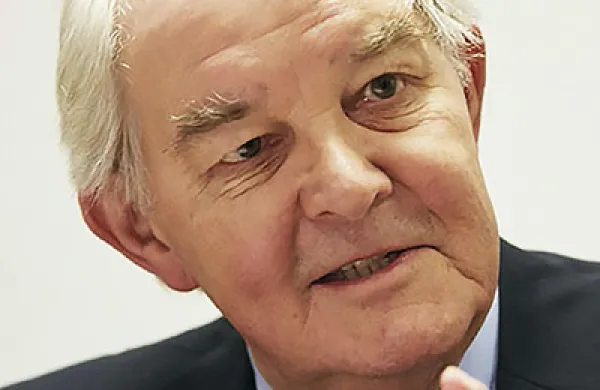Recent surveys and anecdotal evidence show that younger workers are finally thinking seriously about saving for retirement.
Or they’re not.
Of the various surveys of worker sentiment published lately, even experts admit that the results have been contradictory. Meanwhile, the actual data show that young workers are contributing in much the same patterns as they have been in the past.
"I think they’re a bit confused, to be charitable," Warren Cormier, president of Boston Research Group, says of younger workers.
Of the surveys that focus on the positive, one nationwide study released last year by New York–based consulting firm Towers Watson reported that fully 56 percent of the respondents under age 30 said that they had tried to calculate how much money they will need to save for a "comfortable retirement" and 47 percent reported that they had reviewed their retirement plans in detail over the past year. Those were significant jumps over the rates of that same age cohort the prior year — 36 percent and 34 percent, respectively. Indeed, according to the survey, the levels are now on a par with those of older workers. (The survey involved more than 9,200 people working full-time at nongovernmental organizations with at least 1,000 employees.)
Yet the results were completely the opposite when those same employees were asked whether retirement security has become "a more important issue" over the past 3 years. Then, the yeses dropped to 39 percent from 52 percent a year earlier.
Similar contradictions appeared in a nationwide, online poll of 1,400 defined contribution participants conducted by State Street Global Advisors and Boston Consulting Group that was released in mid-January. When asked if they had reduced their spending over the past 12 months to improve their own retirement future, 51 percent of those under 25 answered yes, outpacing the 42 percent for all age groups. And 48 percent of the younger cohort said they had increased their savings, versus 37 percent for all respondents. However, when the question was whether they "spent at least an hour planning for retirement," just 19 percent of the younger people did so, below the 25 percent for all respondents. (Year-over-year comparisons aren’t possible, because the two firms had not asked these questions in previous surveys.)
So forget the statistics, says Robert Benish, the Chicago-based executive director and interim president of the Plan Sponsor Council of America. "My sense is, from anecdotal evidence, personal experience, discussions with people, that it is working" — that younger employees are getting the message about planning ahead.
But the enrollment numbers tell a different story. In Illinois-based consulting firm Aon Hewitt’s biennial surveys of more than 3.5 million workers at about 150 large companies across the U.S., the numbers are virtually unchanged from 2010 to 2012. In 2010, 54.3 percent of workers age 20 to 29 were participating in their company’s 401(k) plan, and they contributed an average of 5.2 percent of their salary. Two years later, 54 percent were participating and contributing 5.1 percent of pay.
With many younger workers apparently paralyzed by confusion, many plan sponsors have resorted to automatic enrollment, but most companies agree that they need better, more targeted education. Companies must be smarter in using social media, says Fredrik Axsater, State Street’s global head of defined contribution.
"Some plan sponsors get a bit nervous about not controlling the content" if they offer open forums like blogs, he says. They prefer just to tweet corporate pronouncements. His advice: Get over it. "It’s a more meaningful, deeper dialogue that’s created with two-way conversations," he says.
Benish, of the Plan Sponsor Council, also notes that corporate plans are starting to share links to trustworthy, outside sources of advice on related topics like budgeting or saving, such as the Federal Reserve. Whatever the medium, the message should be "driven by their peers, saying why it’s cool to be in the plan," says Barbara Hogg, head of Aon Hewitt’s retirement communication practice.
Whether these tactics work may be apparent a year from now when the next set of surveys emerges. Or not.






